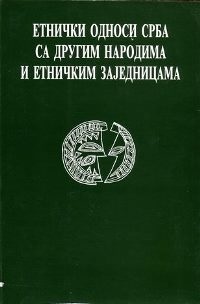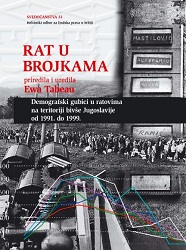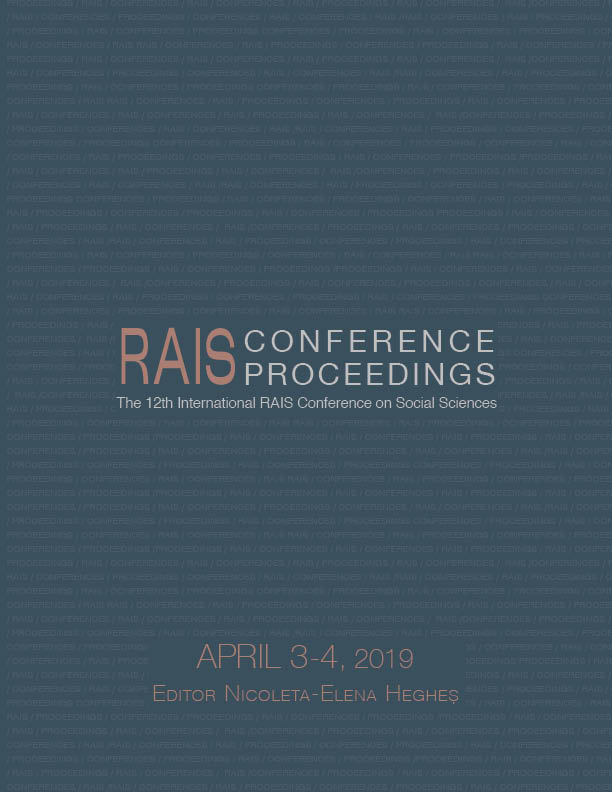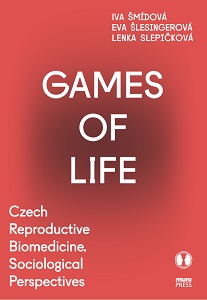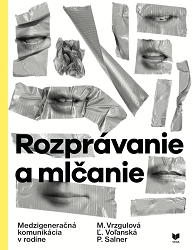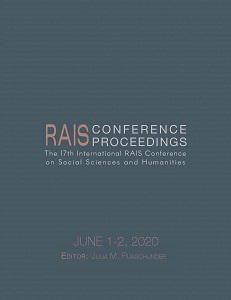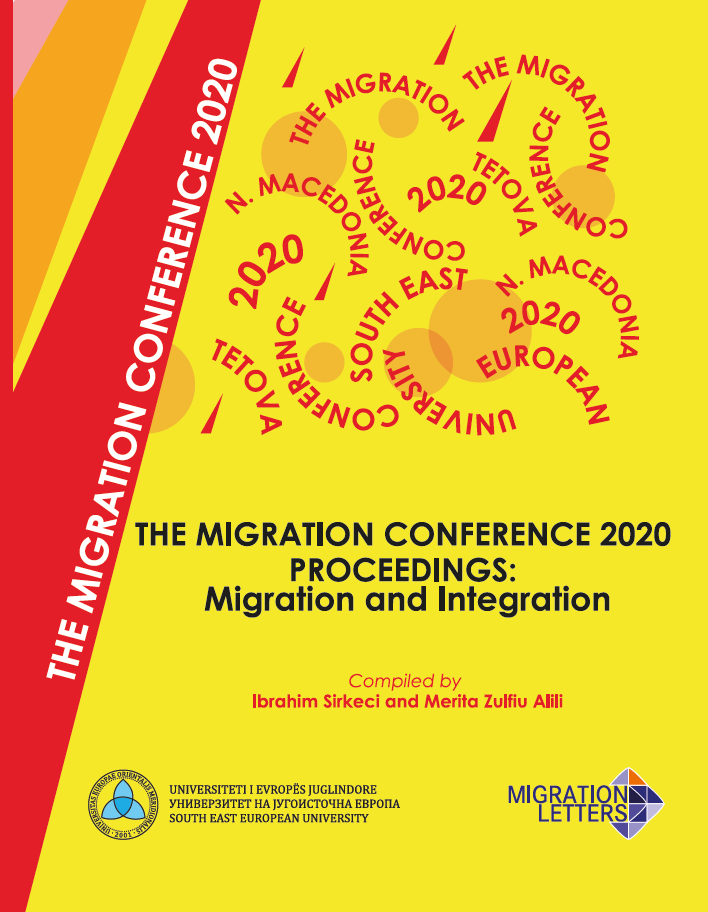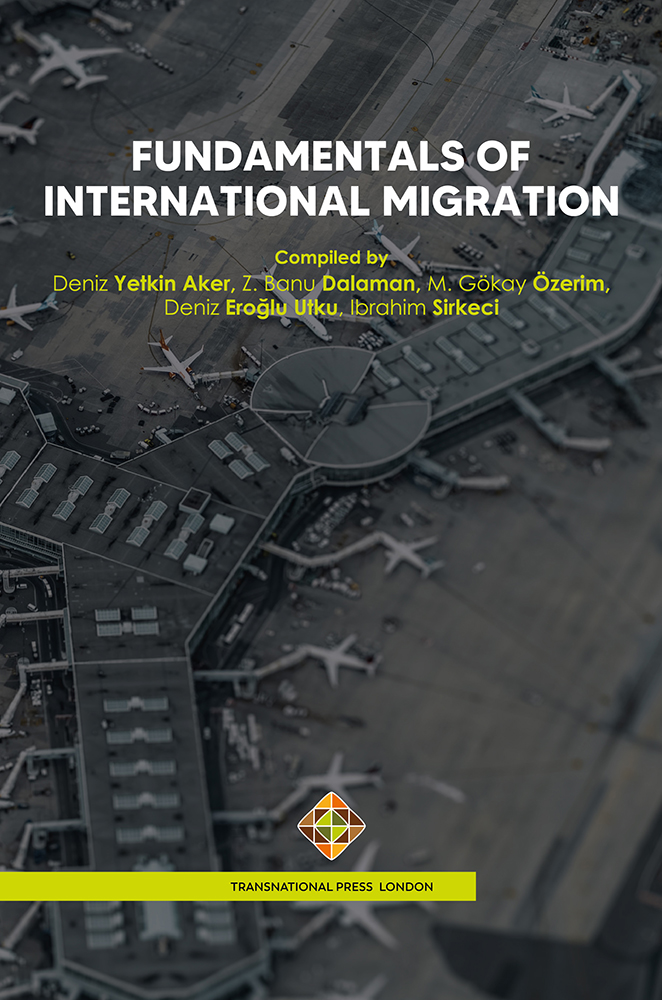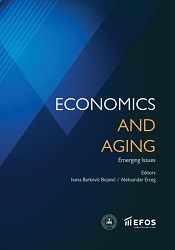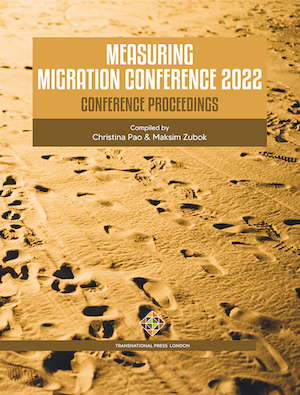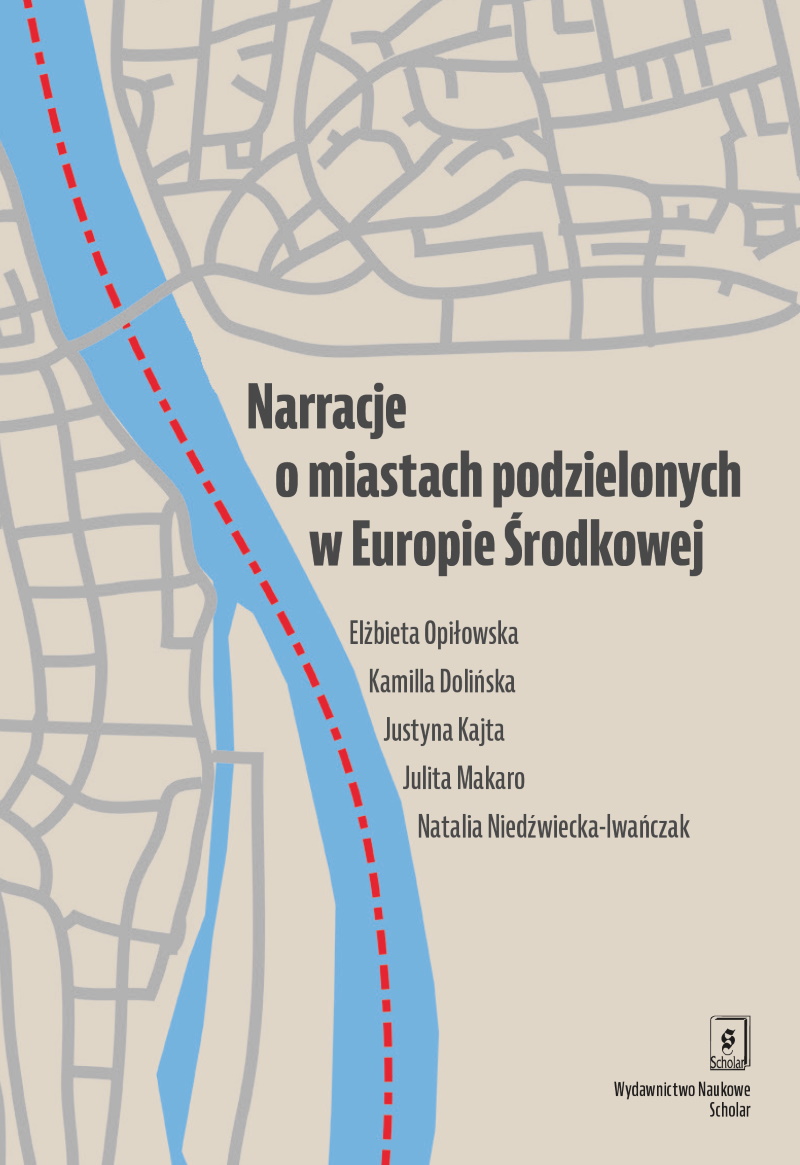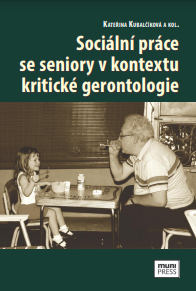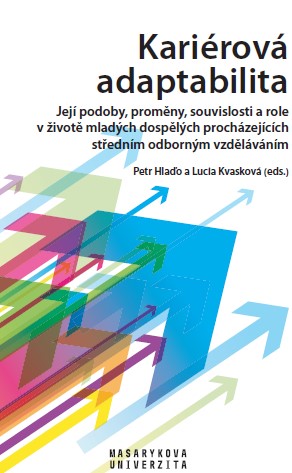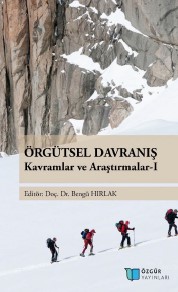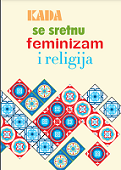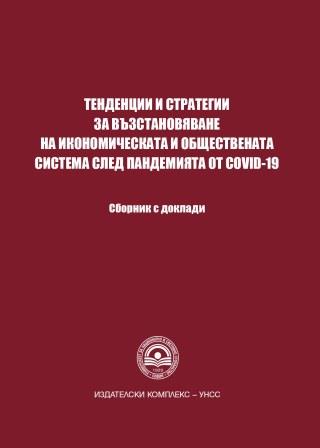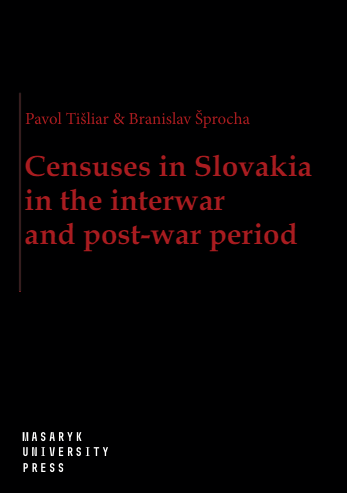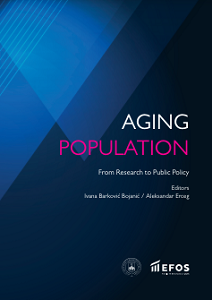Author(s): Lyudmila Prigoda,Zoran Čekerevac,Mina Angelova,Daniela Pastarmadzhieva,Daniela Todorova,Krasimir Krastanov,Nina Gergova,Ilina Nacheva,Antoaneta Hristova,Desislava Dineva,Tsvetelina Panchelieva,Diana Bakalova,Valentina Dolmova,Ilina Nacheva,Iliya Gatovski,Georgi Dimitrov,Elitsa Hristova,Irina Yaneva-Damianova,Andrey Simeonov,Kiril Desev,Dragomir Genov,Penyo Georgiev,Borislav Arnaudov,Daniel Yordanov,Violeta Mutafchieva,Tashko Minkov,Christina Nikolova,Veronika Garkova,Dina Tzonevska,Galina Mratskova,Dimo Zhelev,Kadifka Asanova Borizanova,Nikolay Nikolov,Dilyana Tyufekchieva Hristova,Maria Brestnichka,Ivaylo Tsolov,Mariana Ianeva,Ralitsa Georgieva,Tihomir Draganov,Maria Vodenicharova,Nickolay Tsonev,Svetoslav Kaleychev,Nikola Gaydarov,Petko Truhchev,Adalbert Milanov,Daniela Ventsislavova Georgieva,Vesela Dimitrova,Teodorina Turlakova,Gergana Slavova,Svetoslav Spasov / Language(s): English,Bulgarian
The Conference Proceedings contain papers presented at the International Scientific Conference on: "TRENDS AND STRATEGIES FOR THE RECOVERY OF THE ECONOMIC AND SOCIAL SYSTEM AFTER THE COVID-19 PANDEMIC". It has been held during the period 15-17 March 2023 within the project "ASSESSMENT OF ECONOMIC, SOCIAL AND FINANCIAL IMPLICATIONS OF THE COVID-19 PANDEMIC ON THE TRANSPORT SECTOR AND MEASURES FOR RECOVERY", funded by the Scientific Research Fund of the Ministry of Education and Science under the Contract No. INI - KP-06-DK2/4 of 30.03.2021. The project has being implemented by a team from the Department of Transport and Energy Economics at the UNWE. The scientific forum brought together scientists from the social sciences, with the primary objective of identifying and discussing options for early management of crises arising from pandemics and strategies for post-crisis recovery. Thirty-three papers were presented during the Forum. Conference participants also held a roundtable discussion on "Issues of Sustainable Development and Economic and Societal Recovery from the COVID-19 Pandemic". The International Scientific Conference was attended by scientists and researchers from 10 different scientific organisations, including the University of National and World Economy, University of Plovdiv "Paisii Hilendarski", Todor Kableshkov University of Transport, MB University in Belgrade, Serbia, Institute for Population and Human Studies at the Bulgarian Academy of Sciences, University of Food Technologies - Plovdiv, Institute of Psychology - Ministry of Interior, Thracian University - Stara Zagora, International Higher Business School, University of Economics - Varna, the Higher School of Insurance and Finance, Institute of Ethnology and Folklore Studies with Ethnographic Museum at the Bulgarian Academy of Sciences.
More...
